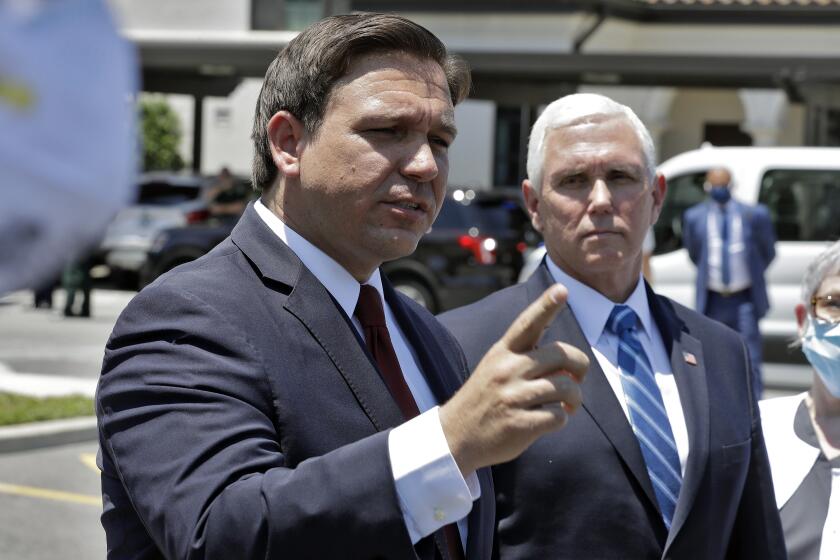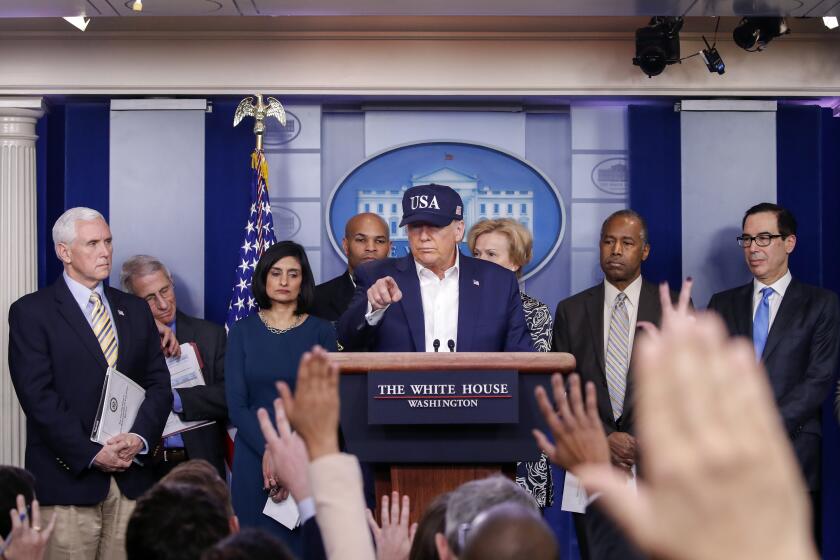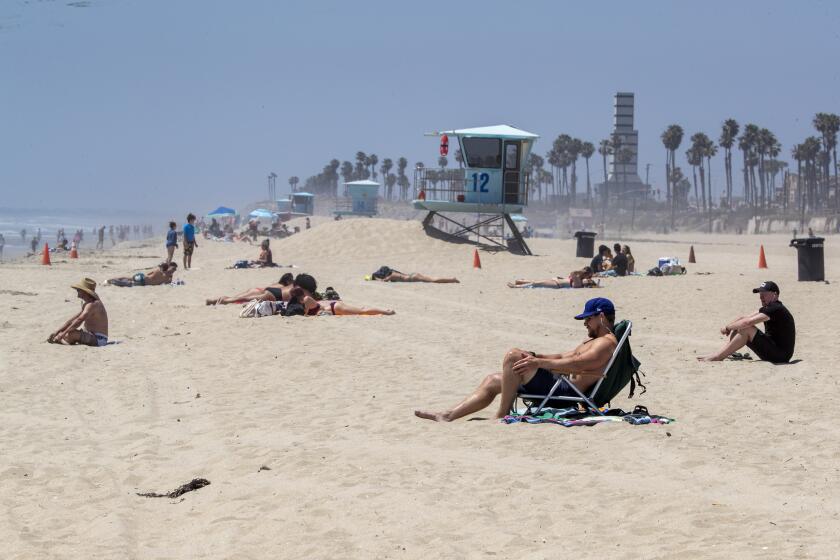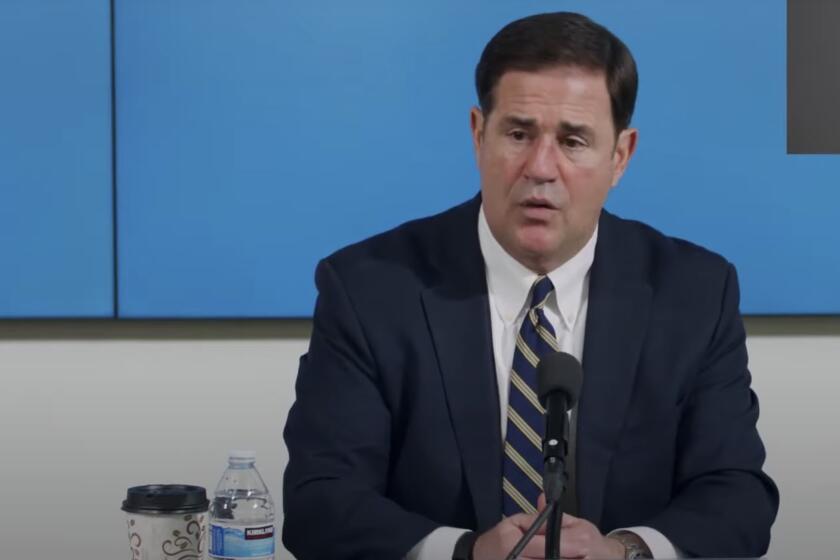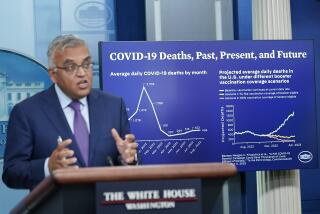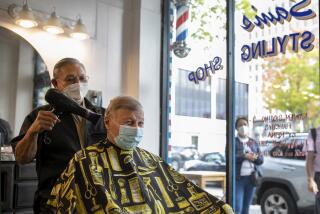Column: The U.S. isn’t merely failing to deal with the coronavirus. We’re moving backward
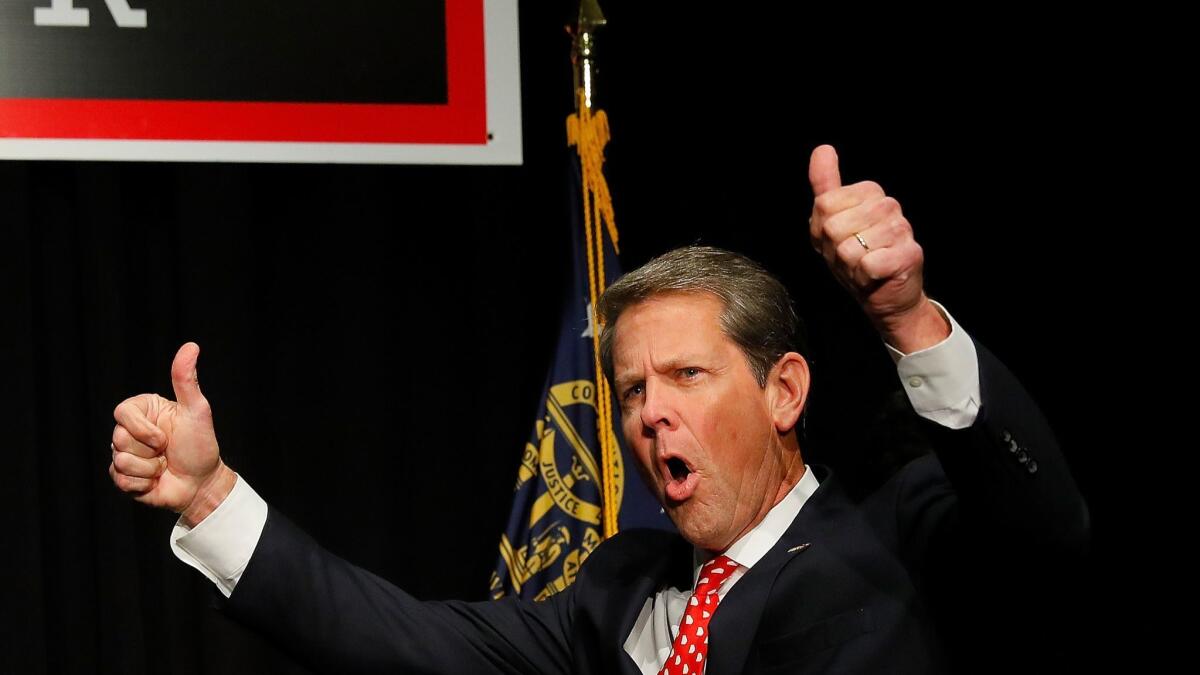
- Share via
One day recently I caught up with Dr. Harvey V. Fineberg, a veteran public health expert whom I had last interviewed in April about an article he had published setting forth a program to “crush” the coronavirus in 10 weeks.
I asked him how he thought the U.S. had fared in the intervening three months.
“Those were the days,” he sighed. “You could just put today’s date on the article and reprint it.”
‘People walked into the first lockdown with some trust that this would matter and their actions would make a difference. That proved not to be the case.’
— David Eisenman, UCLA
That’s an indication of not only how little progress we’ve made against the pandemic, but how much time we have squandered.
Fineberg, who served as president of the Institute of Medicine (now the National Academy of Medicine) and dean of the Harvard T.H. Chan School of Public Health and is now president of the Palo Alto, Calif.-based Gordon and Betty Moore Foundation, acknowledged that the U.S. had improved on a few fronts — testing is more widely available today, for instance, though shortages remain.
But in the categories where consistent leadership is needed — Fineberg had called for a unified command of the war against the pandemic, contact tracing and isolation of infected people, and inspiring and mobilizing the public in an “all-out effort” — he says “these have never been taken up in the U.S. and we’re living with the consequences.”
Those consequences include a surge in cases in numerous states, including California, renewed pressure on hospital resources in hot spots such as Houston, a return to economic lockdowns across the country and doubts about such fundamental questions as when and how to open grade schools and universities for the coming academic year.
Florida Gov. DeSantis represents all that’s wrong with America’s coronavirus response.
Talk to public health authorities like Fineberg and the overwhelming impression one gets is despair.
Despair at lost opportunities. Despair at the absence of national leadership. Despair at the task of motivating a citizenry that feels it has already sacrificed too much for no visible gain. Despair at the loss of roughly 140,000 American lives — by a huge margin the worst death toll in the world.
“We shut down the country for months, and didn’t do anything during that time to build the infrastructure and processes we needed,” says David Eisenman of UCLA’s Fielding School of Public Health.
“We didn’t use that time to build up our testing capacity, we didn’t think about schools in advance — we had all those months when we could have pulled together a national commission of teachers and pediatricians and public health experts” to figure out how to reopen the schools.
Instead, individual school districts are on their own, all working from different playbooks with mere weeks to go before the scheduled start of the school year. The two largest districts in California — Los Angeles Unified and San Diego Unified — have both decided to start the year without in-person instruction.
In Orange County, the county board of education has recommended that schools reopen without requiring face coverings or physical distancing for students. But the board has no authority over local districts, several of which have already stated that they’ll ignore the recommendations, which were based largely on ideology and without serious scrutiny of scientific evidence.
That points to the principal failure of America’s war on the pandemic. Under President Trump, the nation’s outstanding political feature — a federal government that could muster almost unlimited financial resources and had at its fingertips the most advanced scientific and technical knowledge in the world — absented itself from the fight.
The U.S. has been spectacularly ill-served by its national leadership, which became more determined to minimize the scale of the disaster as it grew worse.
A public health expert shares how to crush the virus. But we’re way behind.
Consider the majestically dishonest op-ed that appeared under Vice President Mike Pence’s name in the Wall Street Journal on June 16 and simultaneously on the White House website.
Headlined, “There isn’t a coronavirus ‘second wave,’” the piece smugly blamed public concern over rising case counts on “alarm bells” from “the media.” Pence observed that “cases have stabilized over the past two weeks, with the daily average case rate across the U.S. dropping to 20,000 — down from 30,000 in April and 25,000 in May.”
Today, the five-day moving average of daily cases nationwide stands higher than 66,000. The mark of 20,000 for the entire country that Pence boasted about in that op-ed was exceeded on one recent day by the increase in daily cases in only two states — Florida and Texas — which recorded a combined 24,000 cases.
Not only the U.S. as a whole, but many individual states are outliers on a global scale. Florida, with 21 million residents, has had 301,000 COVID-19 cases, according to the Johns Hopkins University Coronavirus Resource Center. That’s about 14,333 cases per million. Texas has had about 10,000 cases per million and California about 9,000.
Italy, which was once the leading global hot spot, has had 4,062 cases per million, Australia 432 and South Korea 266.
What these figures indicate is that the virus can be crushed, given a consistent government response and mobilized and willing public.
We haven’t had that.
Instead, we’ve had 50 states trying to make their own way, with indifferent success at best. The recent surge in cases has opened the eyes of some governors to the depth of the crisis. On Wednesday, Alabama Republican Gov. Kay Ivey announced a statewide mask mandate through the end of July.
Mississippi Gov. Tate Reeves, also a Republican, buried the idea that allowing the virus to run wild in his state would produce natural “herd immunity” that would protect the public at large.
“I’m not a healthcare expert by any means, but I am a math guy,” Reeves tweeted. Herd immunity would require 3,200 new cases a day, he wrote — “TRIPLE our worst day — every day — for a year.... Herd immunity is not anything like a realistic solution in the short or midterm.”
The U.S. is suffering shutdown fatigue because the COVID-19 war has stagnated.
Yet not far from there, GOP Gov. Brian Kemp of Georgia on Wednesday banned cities and counties from implementing mask orders on their own. A day later, he sued Atlanta Mayor Keisha Lance Bottoms for maintaining the city’s mask mandate despite his order.
One thing that politicians like Kemp and Florida’s Ron DeSantis seem to have ignored is that the coronavirus has proved to be a merciless exploiter of ignorance and hubris. Untold humans have learned that the hard way.
They include ordinary citizens who proudly resisted social distancing and face-masking principles to stand fast against a “fake crisis,” only to come down with COVID-19 and warn their fellows of their folly from their hospital beds.
Also, political leaders such as Oklahoma’s GOP Gov. Kevin Stitt, who theatrically flouted anti-virus measures from the start of the crisis, posting photos of himself and his children in a crowded restaurant in mid-March and attending Trump’s rally in Tulsa without a mask.
Now he is the first governor in the nation to be diagnosed with the virus.
Where do we go from here? The most encouraging development in America’s war on the virus is that the recent surge has begun to turn mask-wearing into a sign of communal responsibility, not political posture.
Interestingly, business has shown the way, as several companies did in leading the acceptance of LGBTQ rights including same-sex marriage.
After Walmart announced on Wednesday that it would require face coverings at every U.S. store, Target, CVS Health, Kohl’s and Kroger said they would implement similar rules. If nothing else, that should slow down the flow of videos online showing maskless patrons throwing fits and attacking store employees who ask them to wear masks.
Arizona implements rationing for hospital care--but they won’t be alone
Experts agree that near universal masking will do much to reduce the spread of the virus. But in other respects the U.S. has moved backward since even the earliest days of the pandemic in March and April.
Amazingly, we still cannot guarantee testing for anyone who seeks it or tracing of contacts of those found to be infected. On Thursday, Brett Giroir, the head of the federal program to develop testing supplies, acknowledged that shortages still exist and advised that many Americans shouldn’t get tested at all — a clear signal, though he didn’t put it that way, that supplies remain inadequate.
The recovery from the economic freeze imposed months ago has been robust, but may be reaching a plateau; the renewed lockdowns in many states, including California, could turn the recovery curve downward. The volume of new unemployment claims remains historically high, with 1.3 million new claims disclosed on Thursday. Only about one-third of the jobs lost to the pandemic have returned.
The biggest threat to the economy may be that some 30 million Americans face a financial cliff lurking only two weeks away, when the $600-per-week bump in unemployment benefits Congress enacted in May runs out.
There are signs that Republicans and Democrats share the goal of renewing the program in some form, probably at a lesser amount, but they may be unable to act before the deadline. The importance of this program can’t be overstated; the enhanced benefits enabled millions of people to survive stay-at-home orders instead of risking the spreading virus at work.
The most crucial question facing America is whether it has permanently lost the flexibility it needs to wage battle.
“People are not going to be willing to lock down again,” Eisenman says. “People walked into the first lockdown with some trust that this would matter and their actions would make a difference. That proved not to be the case. My concern is that we’re going to be a country where the coronavirus appears on and off for quite a long time.”
There seems no reason to expect that the federal government will step into the leadership void any time soon, or at least before the November election. The only rescue from the pandemic may have to come from a vaccine or effective therapies, but those may be farther off than people hope.
“If you were predicting, you might say we change the dynamic technologically than politically,” Fineberg told me. I asked: Is there reason for optimism?
“In Washington,” he chuckled, “we used to say that the difference between an optimist and a pessimist was that a pessimist was a well-informed optimist. We can hope that the optimism around treatment and a vaccine will ultimately give us the foundation for success.”
More to Read
Inside the business of entertainment
The Wide Shot brings you news, analysis and insights on everything from streaming wars to production — and what it all means for the future.
You may occasionally receive promotional content from the Los Angeles Times.

